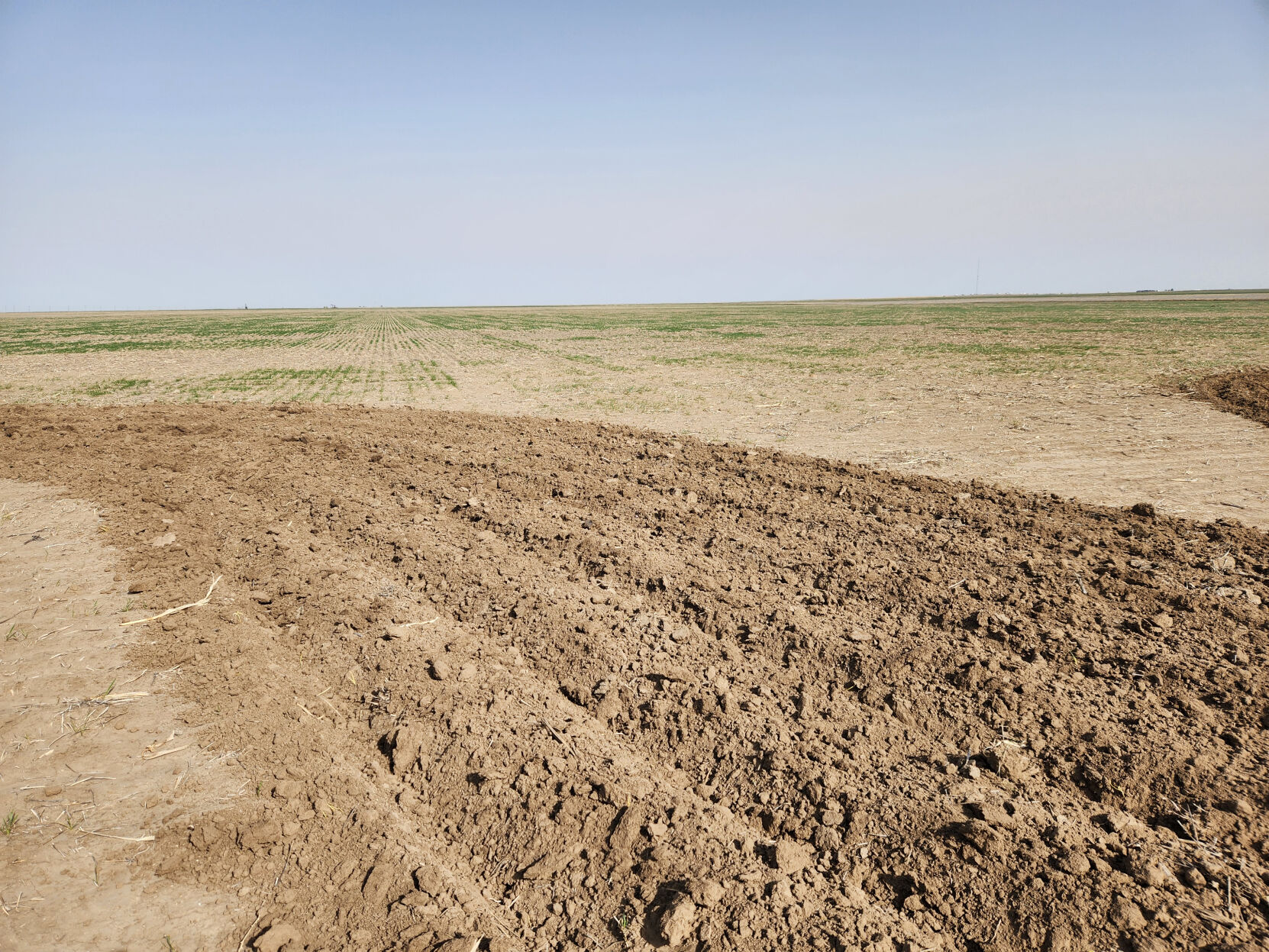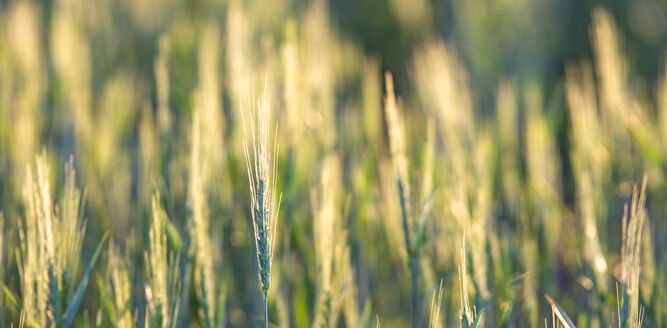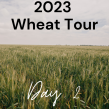In brief, for a lot of wheat in this area of Kansas, rain will no longer do us any good. What we need is more drugs and alcohol. Actually, that is not far from the truth.
Our South Dakota custom cutter said he took six combines to Kiowa, Kansas, and the farmer there said he may not need any of them. A third of his crop is already zeroed out and in another one to two weeks, another third will be gone.
The South Dakota cutter said we will probably be his only stop between the Gulf of Mexico and South Dakota. I told him we still had a crop but if it continues to not rain, we’ll start seeing severe drought stress showing up along with tiller abortion.
Already this will be one of the shortest crops with headed-out wheat being less than 10 inches high. We have poor numbers of tillers. They are weak and small and we could easily lose a lot of them. We should joint in mid-April.
For this area and here on our farm, this will be one of the worst wheat crops in the past 50 years. We have farmed 48 years and aside from 1981, this has potential for being the worst.
The South Dakota cutter also said one of his custom cutter buddies who takes 12 combines to Stanton County in Kansas said there is nothing there. For extreme southwest Kansas this year is just like last year—no dryland wheat at all. If it’s not irrigated, you have no wheat. Plus, the Texas and Oklahoma Panhandles are the same as last year with—reports of—80% abandonment. Many fields here in Lane County, Kansas, never came up and a fair number have been chiseled to stop wind erosion.
I looked at 30 to 35 years of Kansas wheat crops and abandonment runs about 10%. I could see a good 25% abandoned here this year with very low yields on the rest. Even with long fallow on our farm, we have way less than half the normal subsoil moisture and little staying power if it doesn’t rain.
The forecast through May 31 is just plain old dry weather. On clean stubble where we’d normally plant dryland milo or corn, summer row crops are suicidal with no more than 2 to 3 inches of moist topsoil moisture rather than 2 to 3 feet.
Milo seed will be hard to get as farmers probably will try milo after their failed wheat but unless it rains, that crop will fail too.
The seed dealers have been saying to get the hybrids you want, get it ordered soon. Actually it won’t make any difference what hybrid you plant as that crop will very likely fail too. Even then many farmers are thinking of planting milo just for ground cover so the ground won’t blow this winter. Seed wheat and triticale supplies could be very short this fall … and expensive.
Range and pasture conditions are the worst I’ve ever seen. In order to protect the grass, there should be no grazing at all in order to let the grass recover from the past year or two. More cattle continue to be culled and liquidated.
Aside from these agronomic realities are trends in land prices that over the past several years continue to be very strong as evidenced by a recent sale of eastern Scott County dryland going for $4,100 per acre. If the outside investors who bought that land want a 5% return, they’ll need $200 an acre in cash rent, which won’t happen. The arrival of outside investors along with off-the-charts land prices clearly signal a top in the market.
Oh yeah, then there’s the drought, an explosion in interest rates and grain prices below cost of production. In short, this super cycle boom is darned near over. If you’ve got excess cash, I’d invest it in paying off debt. That’s the best deal in town.
Vance Ehmke is a farmer in Healy, Kansas.




